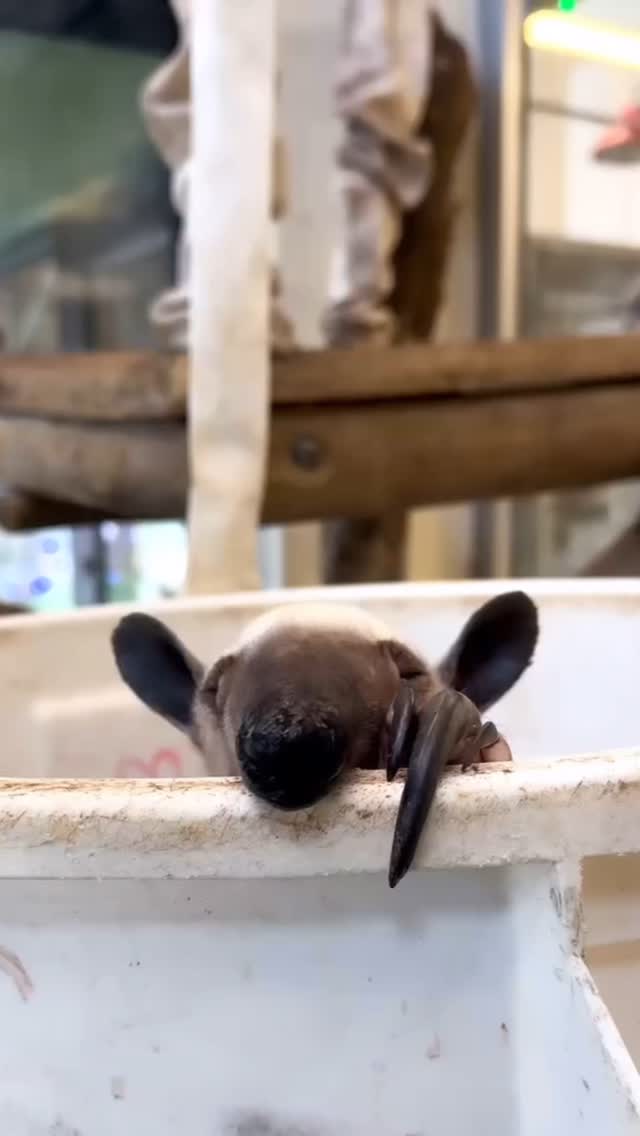- An introduction to the fascinating characteristics of the tamandua, highlighting its biological features and behaviors.
- The ecological role of tamanduas in their natural habitats, focusing on their diet and interaction with the ecosystem.
- Importance of conservation efforts to protect tamandua populations, discussing threats and strategies for protection.
- The significance of zoo management practices, particularly for species like tamanduas, emphasizing care and enrichment in captivity.
- Insights into wildlife conservation techniques and their benefits for ecosystems and biodiversity, with an emphasis on education and public involvement.
Tamanduas, also known as lesser anteaters, capture the attention of wildlife enthusiasts with their intriguing features and behaviors. These animals belong to the family Myrmecophagidae, and their native habitats extend across Central and South America. A standout characteristic of the tamandua is its remarkably long tongue, measuring up to 16 inches, specifically adapted to extract ants and termites from their nests. This specialized adaptation is crucial for their survival, as it allows them to access food resources that many predators cannot reach. Their prehensile tails serve as anchor points, granting them the agility to maneuver through trees—a vital trait for escaping predators and foraging efficiently.
Essential to the health of tropical ecosystems, tamanduas play a crucial ecological role. By controlling ant and termite populations, they maintain a balance that prevents these insects from overpopulating and causing harm to the vegetation. Through their foraging, they inadvertently help aerate the soil, facilitating plant growth. Furthermore, tamanduas serve as prey for larger predators, contributing to the ecological food web. Understanding these functions underlines the importance of preserving tamandua populations, whose balance and ecosystem health are interconnected.
Conservation efforts for tamanduas face challenges due to habitat loss, illegal pet trade, and road accidents. Deforestation poses a significant threat by reducing their living spaces and food sources, pushing tamanduas closer to human developments where they are often killed out of fear or for their pelts. Conservationists advocate for habitat preservation and connectivity, underscoring the need for protected areas and wildlife corridors. Community education initiatives are vital, dispelling myths and emphasizing the ecological importance of tamanduas. Engaging local communities in conservation provides dual benefits—protecting tamanduas while promoting biodiversity.
Zoo management plays an essential role in tamandua conservation. Zoos provide a controlled environment where research on behaviors, diet, and reproduction can occur, contributing valuable data for conservation strategies. In captivity, tamanduas require specialized care, mimicking their natural setting with ample climbing space and an ant/termite-based diet. Enrichment activities are necessary to stimulate their natural behaviors, preventing psychological stress and promoting well-being. Successful breeding programs in zoos help bolster populations and maintain genetic diversity, acting as a hedge against extinction.
Wildlife conservation techniques benefit not just tamanduas but entire ecosystems. Conservation strategies include habitat restoration, legislative advocacy, and community-based wildlife management. Public engagement is crucial—educational programs increase awareness and foster a connection between humans and wildlife. By educating the public about tamanduas and other endangered species, conservationists can cultivate a culture of stewardship that prioritizes environmental sustainability. These efforts, coupled with scientific research, aim to create a world where tamanduas and other species can thrive, ensuring biodiversity for future generations.
The captivating nature of tamanduas and their ecological significance drive the passion for their conservation. As we celebrate individuals like Isla the tamandua, who turned 11 this week, we are reminded of the importance of these efforts. Through informed zoo management and dedicated conservation work, we can secure a future where tamanduas remain a vital part of the biodiversity tapestry. Their survival is not just crucial for ecological balance but is also a testament to successful conservation endeavors that protect the threads of life weaving through our environment.
*****
Source Description
Wow! This is what a tamandua yawn looks like! They have a 16-inch long sticky tongue perfect for licking up ants and termites. Isla the tamandua turned 11 this week!

